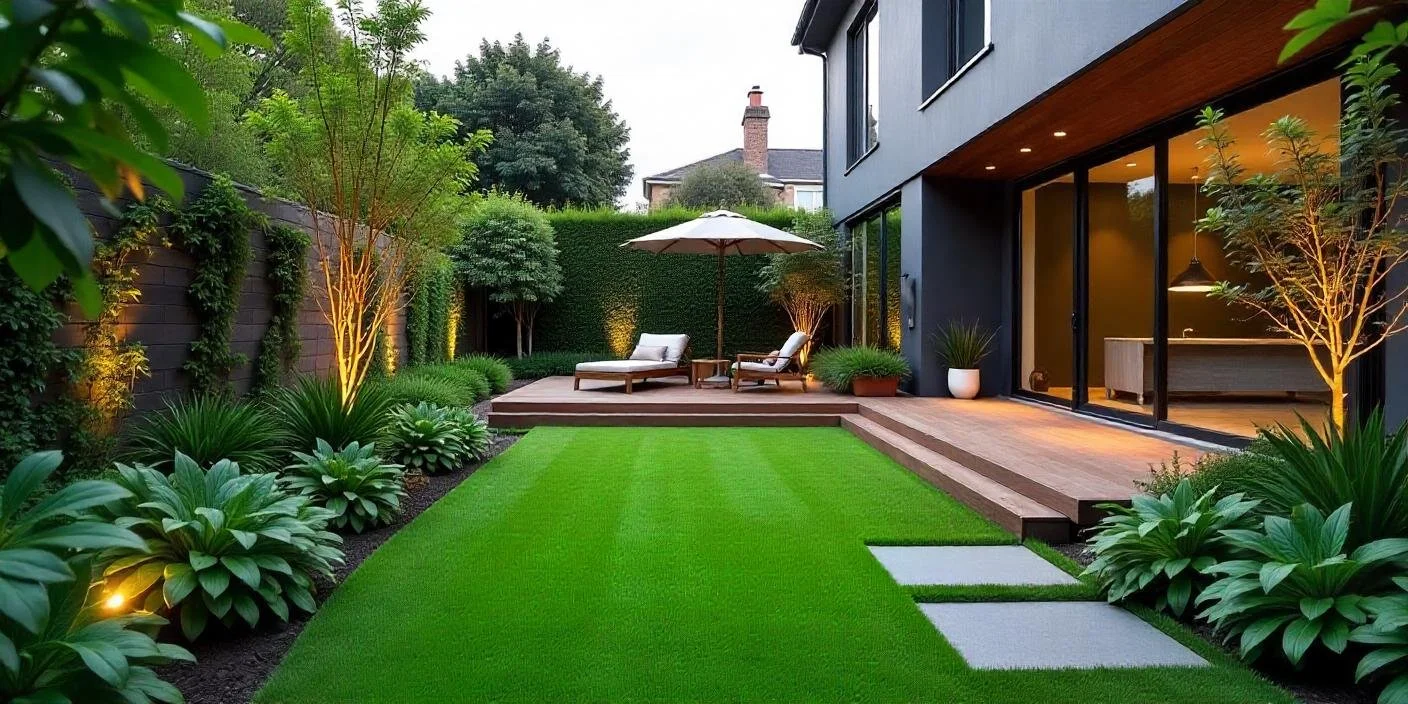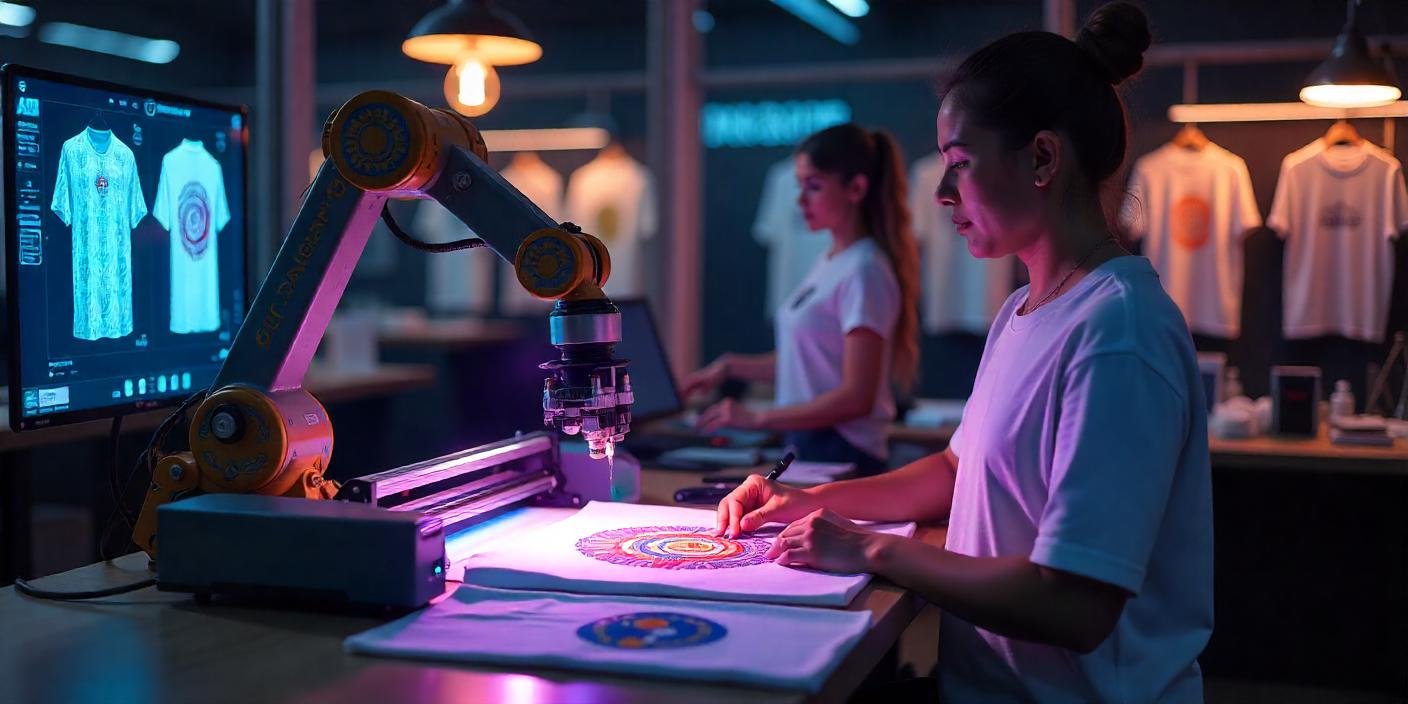Review of Image-to-Image AI: Transforming Your Visuals with AI Art
Overview of Image-to-Image AI
In the evolving world of digital art, image to image AI stands out as a revolutionary tool that leverages artificial intelligence to transform ordinary images into extraordinary artworks. This technology employs sophisticated algorithms to analyze and enhance images, allowing users to create high-quality, artistic visuals with remarkable ease.
Importance of AI in Art Creation
AI has become a game-changer in art creation, offering new possibilities for artists and designers. By automating complex processes and providing innovative tools, AI enhances creativity and efficiency, making it accessible to both professionals and amateurs. Image-to-Image AI, in particular, allows users to experiment with artistic styles and techniques that would otherwise be time-consuming and challenging.
Understanding Image-to-Image AI
What is Image-to-Image AI?
Image-to-Image AI refers to a category of artificial intelligence technologies designed to convert one type of image into another by applying specific transformations. For instance, it can turn a photograph into a painting or sketch, or modify images to reflect various artistic styles. This process is powered by deep learning models that understand and manipulate visual data in sophisticated ways.
How Image-to-Image AI Works
Image-to-Image AI operates through a process known as image translation, where an input image is transformed into an output image based on learned patterns and features. This is achieved through neural networks, particularly Generative Adversarial Networks (GANs), which are trained on vast datasets to learn the characteristics of different art styles and image transformations.
Key Technologies Behind Image-to-Image AI
Generative Adversarial Networks (GANs): These are composed of two neural networks—a generator and a discriminator—that work against each other to produce high-quality images.
Convolutional Neural Networks (CNNs): Used to analyze and extract features from images, CNNs help in understanding visual content and applying transformations.
Style Transfer Algorithms: These algorithms apply the stylistic features of one image to another, creating visually striking art pieces.
AI Art from Images
What is AI Art?
AI art from images created with the assistance of artificial intelligence. By using algorithms to generate or modify visuals, AI Art combines human creativity with machine learning to produce unique and often unexpected results.
Transforming Images into Art with AI
The process of transforming images into art with AI involves uploading a base image and selecting the desired artistic style or effect. The AI then processes the image, applying complex algorithms to alter colors, textures, and shapes according to the chosen style. This can result in anything from abstract compositions to realistic renderings, depending on the input and settings.
Examples of AI Art from Images
Portraits: AI can turn simple photographs into classic portrait styles reminiscent of renowned artists like Van Gogh or Monet.
Landscapes: Photographic landscapes can be transformed into beautiful, impressionistic scenes with enhanced colors and textures.
Abstract Art: AI tools can generate abstract art from everyday images, offering a fresh perspective and new artistic interpretations.
Features of Image-to-Image AI Tools
Core Features and Functionalities
Artistic Filters: Apply various art styles and filters to images, from classic paintings to modern digital art.
Customization Options: Adjust parameters such as color balance, texture, and intensity to tailor the artistic output to your preferences.
High-Resolution Output: Generate high-quality images suitable for printing and professional use.
Customization Options
Users can customize their AI-generated art by choosing specific styles, adjusting the degree of transformation, and incorporating personal touches. This flexibility allows for a wide range of artistic expressions and ensures that the final output aligns with the user's vision.
Integration with Other Tools
Many Image-to-Image AI tools integrate seamlessly with other software such as photo editors and design platforms. This compatibility enhances the workflow, allowing users to combine AI art with traditional editing techniques for even greater creative possibilities.
Benefits of Using Image-to-Image AI
Enhanced Creative Possibilities
Image-to-Image AI opens up new avenues for creativity by offering a wide range of artistic styles and transformations. Users can experiment with different techniques and create unique visuals that stand out.
Time Efficiency in Art Creation
AI tools significantly reduce the time required to produce high-quality art. What would take hours or days of manual work can now be accomplished in minutes, freeing up more time for creative exploration.
Accessibility for All Users
With user-friendly interfaces and intuitive controls, Image-to-Image AI tools are accessible to both seasoned artists and beginners. This democratization of art creation empowers more people to engage with and enjoy the process of producing art.
Applications of Image-to-Image AI
Art and Design
Artists and designers use Image-to-Image AI to create digital art, illustrations, and designs. The technology allows for rapid experimentation and iteration, leading to innovative and eye-catching results.
Marketing and Advertising
High-quality, customized visuals are crucial for marketing and advertising. Image-to-Image AI helps in producing unique graphics and promotional materials that capture attention and convey messages effectively.
Education and Research
In education and research, AI-generated art can be used to visualize complex concepts and present information in engaging ways. It also serves as a tool for exploring new artistic techniques and styles.
Personal Use and Social Media
For personal use, AI art provides a fun and creative way to enhance photos and create unique social media content. Users can transform their personal images into artistic pieces to share with friends and family.
Challenges and Limitations
Ethical Considerations in AI Art
The use of AI in art raises questions about originality and authorship. As AI tools become more advanced, it is important to consider the implications for creative ownership and intellectual property.
Technical Constraints and Solutions
While AI technology has made significant strides, it still faces challenges such as inconsistent quality and limited understanding of context. Ongoing research and development aim to address these limitations and improve the overall performance of AI tools.
Quality and Consistency Issues
Maintaining high quality and consistency across different images can be challenging. Users may need to experiment with various settings and tools to achieve the desired results.
Recent Innovations and Future Prospects
Latest Advancements in Image-to-Image AI
Recent advancements include more sophisticated algorithms, improved resolution capabilities, and enhanced customization options. These developments contribute to more accurate and aesthetically pleasing AI-generated art.
Emerging Trends in AI Art
Trends in AI art include the rise of interactive and generative art experiences, where users can influence and control the creative process in real-time.
Future Developments and Predictions
The future of Image-to-Image AI promises even greater innovation, with advancements in machine learning and artificial intelligence leading to more powerful and versatile tools for art creation.
Comparative Analysis
Comparison with Traditional Art Creation Methods
AI art differs from traditional methods in its speed, accessibility, and ability to generate a wide variety of styles. While traditional art offers a personal touch and unique handcraft, AI tools provide efficiency and versatility.
Comparison with Other AI Art Tools
Image-to-Image AI is one of many AI art tools available. Compared to others, it may offer distinct features, styles, and levels of customization. Evaluating different tools helps users find the best fit for their needs.
User Guides and Tutorials
Getting Started with Image-to-Image AI Tools
Begin by selecting an Image-to-Image AI tool that suits your needs. Follow the tool’s setup instructions to start creating art.
Step-by-Step Guide to Creating AI Art
Choose Your Image: Upload the base image you want to transform.
Select an Art Style: Pick the desired artistic style or effect.
Adjust Settings: Customize parameters to refine the transformation.
Generate Art: Click the generate button to create your artwork.
Review and Edit: Make any necessary adjustments to perfect your art.
Best Practices for Optimal Results
Experiment with Different Styles: Try various art styles to see which one suits your image best.
Adjust Settings Carefully: Fine-tune parameters to achieve the desired effect.
Combine with Traditional Tools: Enhance AI-generated art with additional editing for a polished look.
Conclusion
Image-to-Image AI is revolutionizing the world of art and design by offering innovative ways to transform and enhance visuals. With its ability to create stunning, high-quality art from images, it provides new opportunities for creativity and efficiency. As technology continues to advance, the potential for Image-to-Image AI will only grow, offering even more exciting possibilities for artists and creators. Embrace these tools and explore the transformative power of AI art today.







